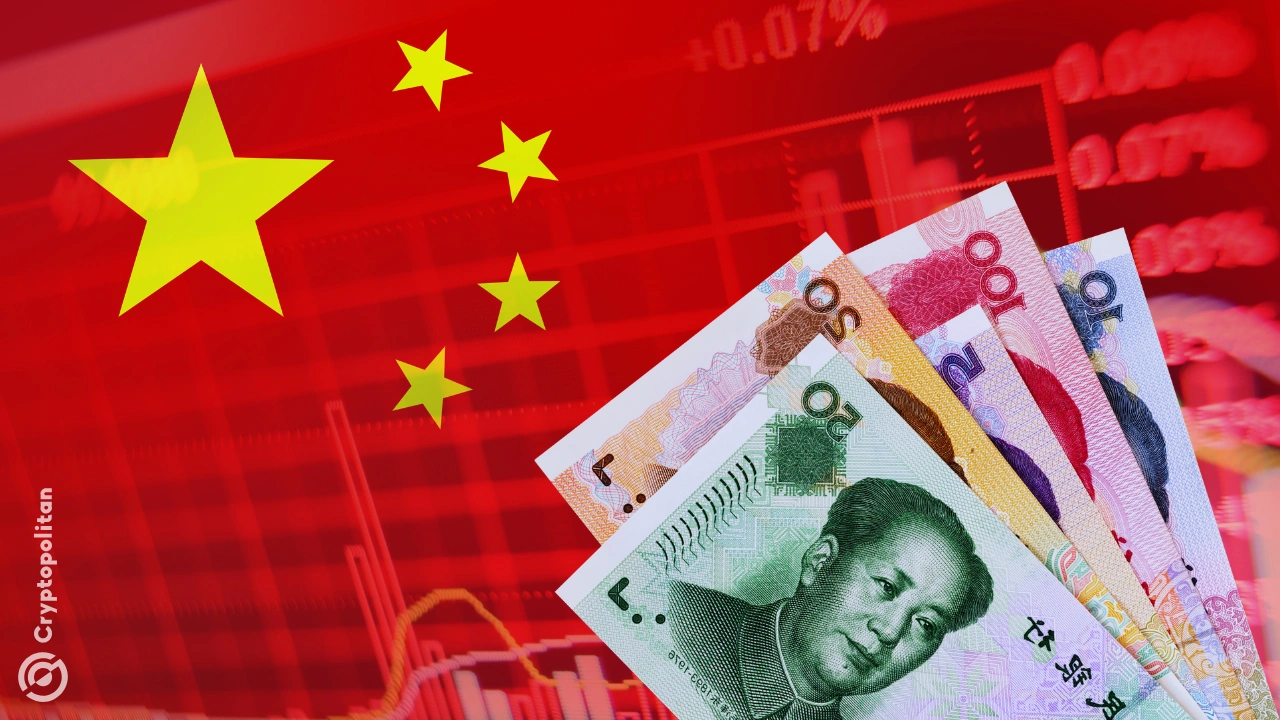
China’s economic forecast heading into 2025 is like staring at a chaotic spreadsheet riddled with contradictions. The World Bank has boosted its expectations for the country’s GDP growth next year, bumping it up by 0.4 percentage points to 4.5%.
That sounds nice on paper. But look closer, and it’s clear that optimism hangs by a thread. The promises out of Beijing are big, but the results? Well, they’re not exactly living up to the hype.
For 2024, the World Bank increased its GDP forecast to 4.9%, just a hair below China’s official target of 5%. Not bad, considering the economy grew 4.8% in the first nine months of the year.
Yet the underlying issues—weak domestic demand, deflationary pressure, and a bruised property market—are a brutal reality check. Beijing’s economic team, led by President Xi Jinping, has announced reforms and fiscal adjustments, but critics argue it’s all talk and not enough action.
Weak demand, big promises, and even bigger questions
China’s economic struggles are rooted in a three-year property market collapse that gutted household wealth and left domestic demand limping. Xi’s pivot to high-tech manufacturing and industry hasn’t done much to inspire confidence either.
Exports, the crutch keeping things steady, could face a major hit as Donald Trump prepares to take office again. His return threatens to slap China with tariffs as high as 60%, which would blow a $570 billion-sized hole in bilateral trade.
The World Bank warns that traditional stimulus isn’t enough to pull China out of this funk. Deeper reforms are needed in everything from healthcare to education to the pensions system. Oh, and there’s the hukou registration system, a bureaucratic nightmare that has long been a barrier to economic mobility.
According to the World Bank, “conventional measures will not be sufficient” to reignite growth. Translation: it’s time for Beijing to stop with the quick fixes and get serious.
And then there’s the middle class — or what’s left of it. A recent World Bank study on economic mobility from 2010 to 2021 painted a grim picture: over half a billion people risk falling out of the middle class. The report credits China with lifting 800 million people out of poverty in the last 40 years, a monumental achievement.
But today, 38.2% of the population is stuck in a vulnerable “middle class,” teetering on the edge of slipping back into poverty. These are people earning above $6.85 a day (using 2017 purchasing power parity), but not enough to feel secure.
The breakdown is sobering: 17% of China’s 1.4 billion people remain in poverty, while 32.1% are considered “secure middle class.” That leaves the majority still financially unstable.
Geopolitics: Trump, tariffs, and a whole lot of tension
If the domestic problems weren’t enough, Xi Jinping has a geopolitical storm brewing. Trump’s return to the White House is the nightmare scenario Beijing didn’t want. The US president has made it clear he plans to crank up the heat on Chinese goods and tighten export controls on advanced tech like semiconductors, AI, and quantum computing.
The last time Trump wielded his tariff stick, China’s economy was in better shape. Now, with excessive debt, deflation, and a real estate mess, the country is far more vulnerable. And it’s not just trade wars. US hawks are pushing for a tougher stance on Taiwan and the South China Sea, raising fears of a standoff that could rival the Cuban Missile Crisis.
There’s also the issue of Beijing’s regional relationships. Over the years, China’s aggressive behavior in disputed waters and its economic coercion have pushed neighboring countries closer to the US.
Trump’s “America First” policies, including potential tariffs on East Asian allies, might give Beijing an opening to rebuild some bridges. But that requires compromise—something Xi hasn’t shown much interest in.
Russia, Ukraine, and the wild card: A US-Russia reset
The war in Ukraine complicates things some more. Europe’s frustration with Beijing’s perceived support for Russia has strained relations, and Trump’s call for China to play a role in ending the conflict adds another layer of complexity.
Xi is stuck between a rock and a hard place: pressure Vladimir Putin to cut a deal, and risk their “no-limits best friendship,” or further alienate Europe. And then there’s the wildcard nobody saw coming—a potential US-Russia rapprochement.
The idea of Trump cozying up to Moscow isn’t far-fetched, and it could spell disaster for Beijing. Such a shift would weaken Xi’s friendship with Putin while freeing up US resources to double down on its rivalry with China.
From Zero to Web3 Pro: Your 90-Day Career Launch Plan









